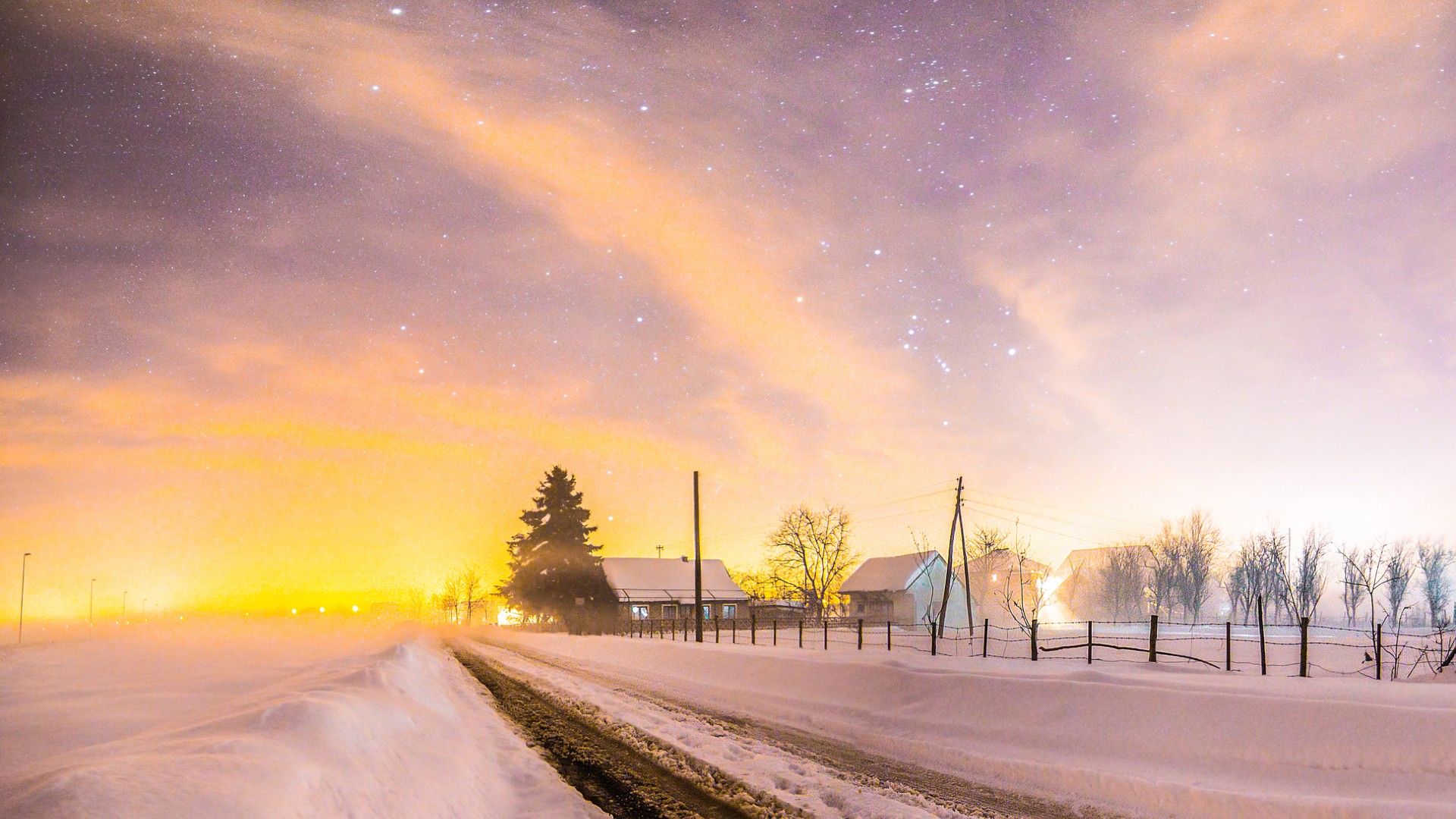Winter solstice 2023 is here, bringing the longest night of the year to Northern Hemisphere

Winter in the Northern Hemisphere will officially arrive tonight with the rays of the sun shining directly down on the Tropic of Capricorn — latitude 23.43-degrees south — at 10:27 p.m. Eastern Time. At that moment, if you were located in Western Australia at a point near Lake MacKay, the sun will be shining directly overhead and its six-month southward migration will come to an end, marking the beginning of summer for the Southern Hemisphere.
Indeed, the word "solstice" is derived from sol, the Latin word for "sun." The ancients added sol to sistere, which means "to stand still" and came up with solstitium. Middle English speakers shortened solstitium to solstice in the 14th century. The effect is an artifact brought about by the change of the seasons, which can be readily explained today by astronomers.
Our planet is tilted on axis by 23.4-degrees. So, as Earth moves around the sun once each year, there comes a time when the sun shines more on the Northern Hemisphere — summer for us; sometimes more on the Southern Hemisphere — that's winter for us. And between each of these two extremes, there comes a time when the sun shines in equal amounts for a whole day on all parts of the planet — the equinoxes.
Related: When is the Winter Solstice and what happens?
Sun rides high ... and low
From the Earth, it seems to us just as it seemed to people even before the dawn of history, that the sun moves in the sky. On the first day of summer, we see the sun high in the sky at noon. It rises about 8 hours before noon and sets about 8 hours after noon and correspondingly the weather gets warm. At the fall and spring equinoxes, the sun is in the sky for just about 12 hours. But on the first day of winter, the sun is the sky a total of only about 8 hours and it appears very low in the sky at noon. As a result, we get cold from so little exposure to the sun.
Now in ancient days, people had no understanding of the mechanics of the universe. They thought that something might break down some day and the sun would continue its southward journey never to return. The lowering of the sun was cause for fear and wonder. When they saw the sun stop and slowly began its climb to a higher location, people rejoiced: They felt a promise that spring would return.
A tradition was established
Most cultures had winter solstice celebrations to mark the return of the warming rays of the sun. A great Roman festival, known as the Saturnalia, was held each year during the third week of December. Gifts were exchanged and homes, streets and buildings were decorated. People came home for the holidays and everyone was in a happy, partying mood. In fact, it may very well be that our ways of celebrating the Christmas season can be traced back to the Saturnalia — whose origins came from the observance of the sun beginning its northward climb.
Breaking space news, the latest updates on rocket launches, skywatching events and more!
Longer ... but colder days
Starting tomorrow, the length of daylight will begin to increase — imperceptibly at first, but a month from now, it will become obvious that the sun is rising earlier and setting later. Yet, there is an old saying: "As the days grow longer, the cold grows stronger." If the insolation — the total energy received from the sun — alone governed the temperature, we should now be experiencing the year's coldest weather.
But the atmosphere in temperate regions falls behind the sun and continues to get colder, a situation that lasts several weeks or more. A reverse process occurs after the summer solstice in late June. Thus, there is a temperature lag of about a month: Our coldest weather usually comes in late January and our hottest in late July.
For those who yearn for milder weather to come more quickly, we end this discussion of the seasons with this little bit of philosophy published years ago in the Farmers' Almanac:
"It is only 100 days from New Year's Day to the bluebirds."
Joe Rao serves as an instructor and guest lecturer at New York's Hayden Planetarium. He writes about astronomy for Natural History magazine, the Farmers' Almanac and other publications.

Joe Rao is Space.com's skywatching columnist, as well as a veteran meteorologist and eclipse chaser who also serves as an instructor and guest lecturer at New York's Hayden Planetarium. He writes about astronomy for Natural History magazine, Sky & Telescope and other publications. Joe is an 8-time Emmy-nominated meteorologist who served the Putnam Valley region of New York for over 21 years. You can find him on Twitter and YouTube tracking lunar and solar eclipses, meteor showers and more. To find out Joe's latest project, visit him on Twitter.

